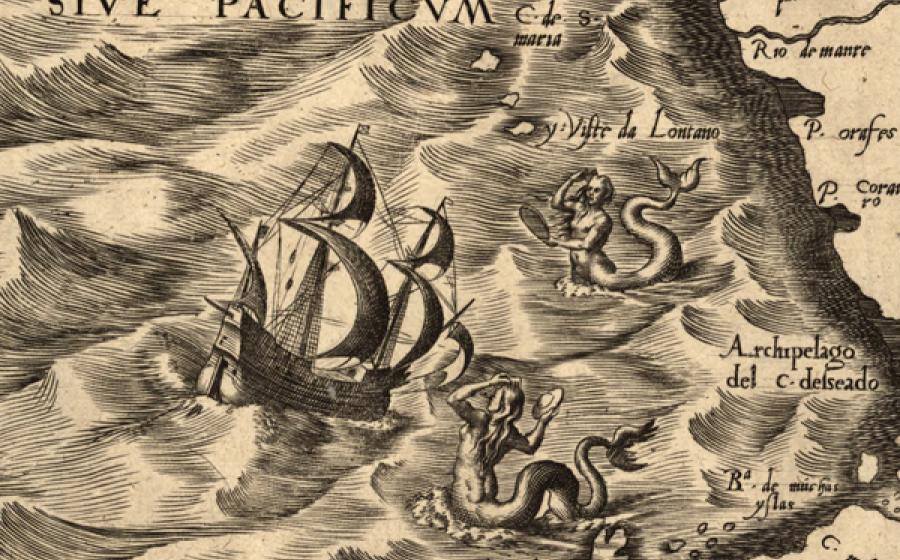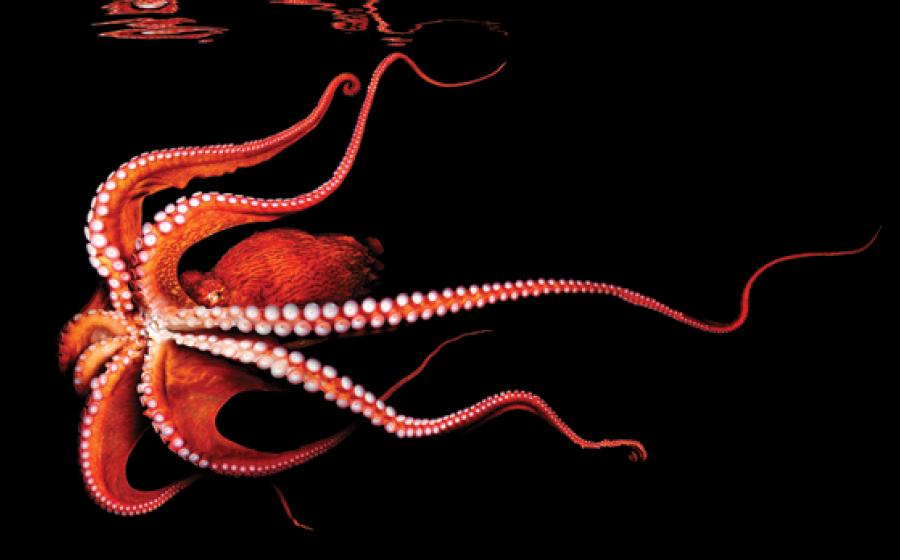Everything you want to know about hammerhead sharks: Behavior, size, where to dive with hammerheads, and more!
Marine Life Articles
**__**Caribbean reef shark **_([Carcharhinus perezi](http://www.scubadiving.com/photos/marine-life-guide-sharks))_**
**_
_**
•Conservation status: IUCN Red Listed as ‘Near Threatened’
•Sometimes known in Spanish as ‘cabeza dura’ meaning thick skull.
**_Bull shark (Carcharhinus leucas)_**
•Conservation status: IUCN Red Listed as ‘Near Threatened’
•Common names include Zambezi shark, Swan River shark, and Lake Nicaragua shark.
Broadnose sevengill shark (Notorynchus cepedianus)
•Conservation status: IUCN Red Listed as ‘Data Deficient’
•These unique sharks get their name from having seven paired gill slits compared to more ‘modern’ sharks having five pairs; they have only one dorsal fin.
**_Blue shark (Prionace glauca)_**
•Conservation status: IUCN Red Listed as ‘Near Threatened’
•In some countries and fisheries they are called ‘blue dogs’.
Blacktip reef shark (Carcharhinus melanopterus)
**·**Conservation status: IUCN\* listed as ‘Near Threatened’
**·**Their common name comes from their distinct dorsal fins with black or dark brown tips.
For thousands of years sea monsters have appeared on maps as both warnings to travelers and as decorations. Chet Van Duzer explores these monsters in his new book _Sea Monsters on Medieval and Renaissance Maps _and gives readers a better understanding of their place and purpose in history.
Diving can be heavenly, never more so than in the presence of one of the loveliest creatures of the underwater world, angelfish. Luckily they are found in almost all parts of the globe, as these images taken by members of [ScubaDiving.com's Forum ](http://forums.scubadiving.com/forum.php)attest.
Due to their keen camouflage tricks and seeming ability to outsmart us, octopuses fascinate divers. The hunt is only the beginning: We scan reef and rubble for tentacles and shell piles, occasionally rewarded with an opportunity to discover this animal’s reactions. Will we be deceived, or do we give octopuses too much credit?









